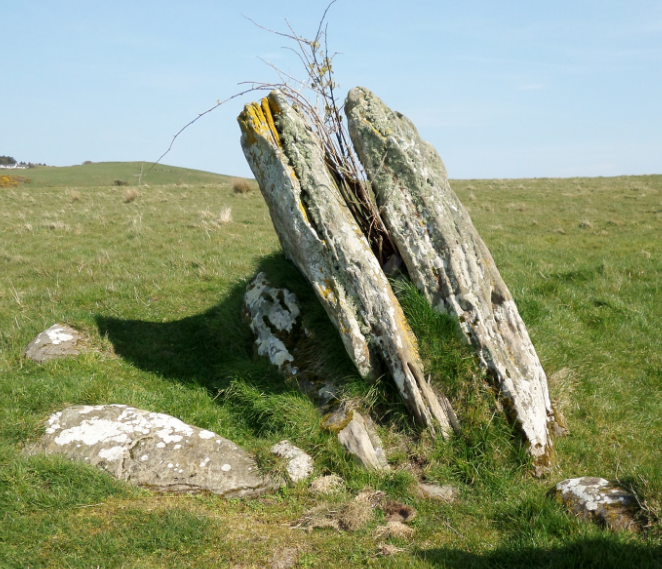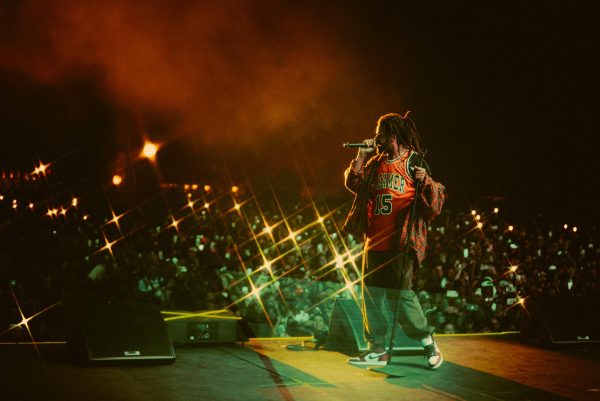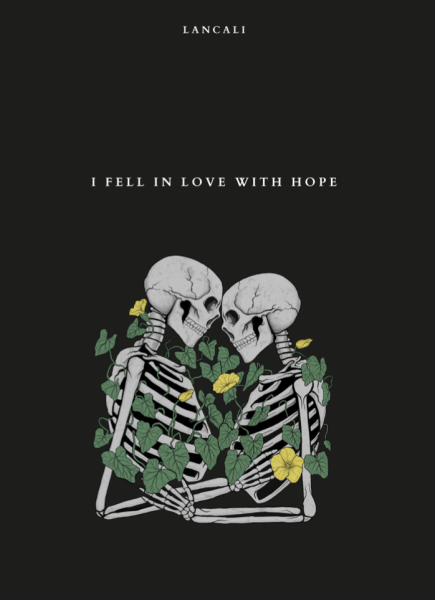The origin of April Fools’ Day
Standing in all its jokes, the Gowk Stone is the symbol for fool and is what started “hunting the gowk” day. This stone is one of many located in Scotland standing as symbols for April Fools’ Day for them.
April 1, 2017
The day filled with light-hearted jokes, April Fools’ Day, also known as All Fools’ Day, has been celebrated for centuries around the globe by many different cultures. How was the tradition of an annual “jokes day” started? Junior Keaton Sumner said, “I think April Fools’ Day originated from a group of people just having a good time cracking jokes.” April Fools’ Day dates way back to the late 16th century. In 1582, Pope Gregory XIII ordered for a new calendar to replace the old Julian one. The new calendar called for New Year’s Day to be celebrated on January 1 instead of April 1. Many people refused to celebrate the new calendar’s New Year’s Day, or just did not hear about it. Many people began to make fun of these people who were in this situation.
So, the day was born through the coming of a new New Year’s Day, or… was it? Many speculate that the real origin of April Fools’ Day is a mystery. Historians have linked this day back as far as ancient festivals such as Hilaria, which was celebrated in Rome at the end of March. It is even thought by some that it ties back to the vernal equinox where Mother Nature fooled people with changing weather.
In Scotland during the 18th century, the tradition became a two day event. The first day was “hunting the gowk,” gowks being the symbol for fool, which sent people on fake missions. Tailie Day followed, involving pranks being pulled on people, such as the classic “kick me” sign on the back or getting a tail pinned to your backside.
Today people celebrate the day as a huge joke. Large media sources have participated in the day putting fake news and huge hoaxes on websites usually checked for information on big occurrences. For example, in 1957, the BBC reported that Swiss farmers were experiencing a record spaghetti crop and showed footage of people harvesting noodles from trees; numerous viewers were fooled. In 2014, NPR News wrote an article titled, “Why doesn’t America Read Anymore?” It had a small paragraph mentioning not to comment and to just like the article and watch what kinds of comments came in. It received hundreds of comments disagreeing and some agreeing. There were a fair amount of people angry about the title who did not read the article at all. The tradition will surely be carried for many, many more years.





















